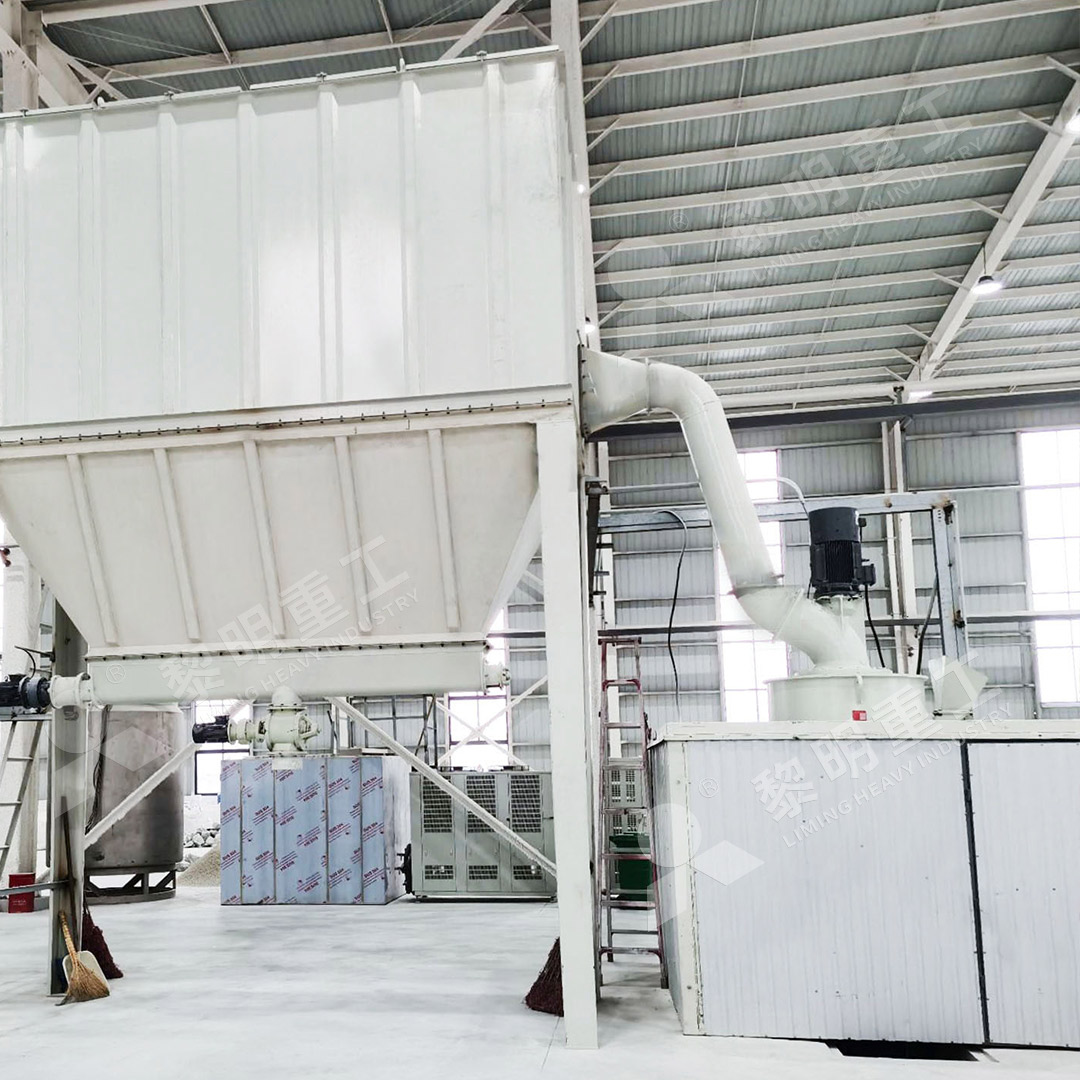Second Hand Cement Grinding Mill for Sale in Indonesia
Navigating the Second-Hand Grinding Mill Market in Indonesia
The Indonesian construction and cement industry is booming, driving a significant demand for reliable and cost-effective milling solutions. For many plant managers and business owners, purchasing a second-hand cement grinding mill presents an attractive opportunity to expand capacity or replace aging equipment without the capital expenditure of a brand-new machine. However, this market requires a keen eye and thorough understanding to avoid costly mistakes.

Key Considerations When Buying Used
Before committing to a second-hand mill, several critical factors must be evaluated. The mill’s operational history, maintenance records, and remaining life on major components like rollers, rings, and gears are paramount. Common pitfalls include hidden structural fatigue, outdated technology that guzzles energy, and lack of available spare parts. The humid climate in many parts of Indonesia also means corrosion can be a serious, often overlooked, issue. It’s crucial to physically inspect the equipment, preferably with a technician who can assess the true condition of the grinding chamber and classifier.
A Smart Alternative: Reconditioned & Upgraded Mills
For those seeking a middle ground between a risky second-hand purchase and a expensive new unit, considering a reconditioned mill from a reputable manufacturer is a wise strategy. These mills are often stripped down, inspected, worn parts replaced, and sometimes even retrofitted with modern control systems. This approach can offer up to 40% savings over new equipment while providing much greater reliability than an ‘as-is’ second-hand sale.

When a New Mill is the Right Investment
While the upfront cost is higher, investing in a new grinding mill often delivers a lower total cost of ownership. Modern mills are designed for significantly higher energy efficiency, which is a major operational expense. They also incorporate advanced dust collection and noise reduction systems, making it easier to comply with increasingly strict Indonesian environmental regulations.
For operations focused on producing high-value, ultra-fine powders, the MW Ultrafine Grinding Mill is a standout peice of kit. It’s engineered for customers who need to make ultra-fine powder between 325-2500 meshes. A key advantage is its higher yielding and lower energy consumption – it uses about 30% less power than a jet mill for the same output. Its clever design, with no rolling bearings or screws in the grinding chamber, eliminates common failure points and allows for external lubrication without shutdown. For a plant looking to maximize uptime and product quality, this is a workhorse that pays for itself.
Conclusion: Due Diligence is Key
The second-hand grinding mill market in Indonesia offers opportunities but is fraught with risk. Conducting thorough inspections, verifying service history, and carefully calculating the potential costs of refurbishment are essential steps. For many, the performance guarantees, energy savings, and warranty of a new or professionally reconditioned mill from a trusted supplier like us will prove to be the more profitable and less stressful long-term decision.

